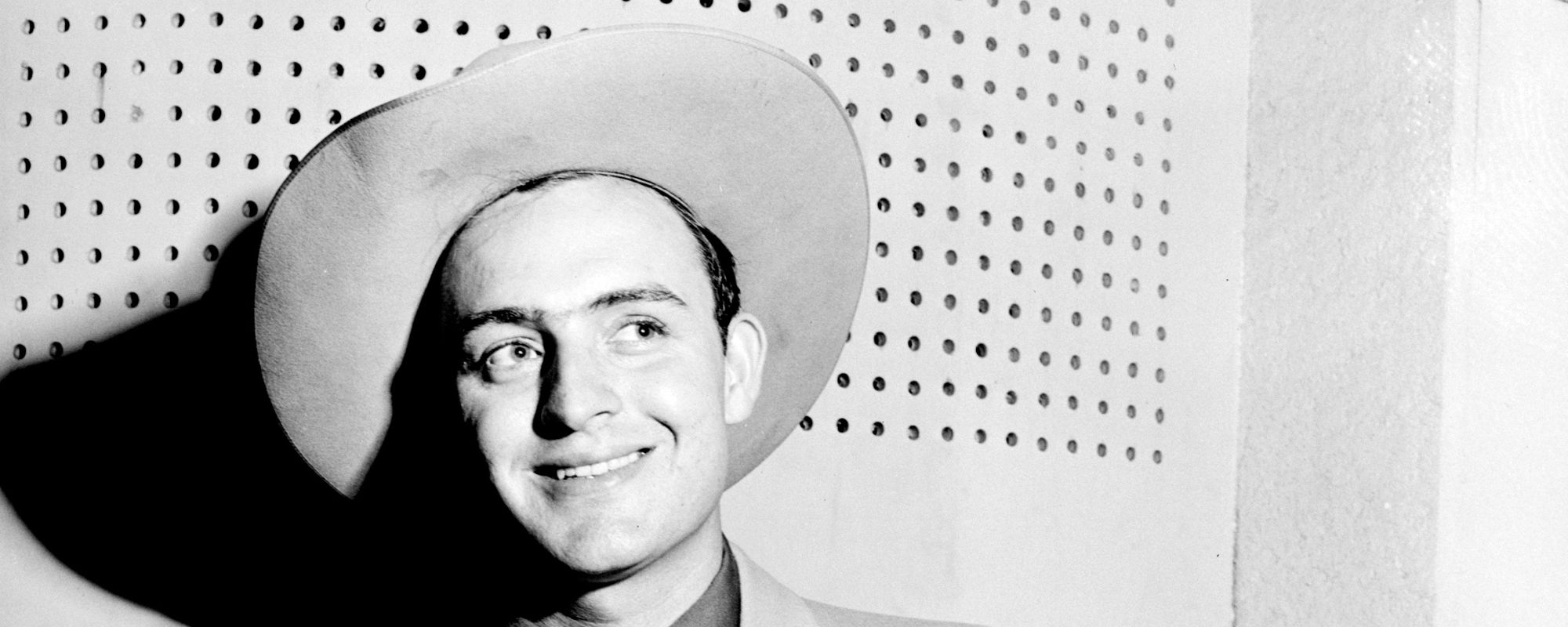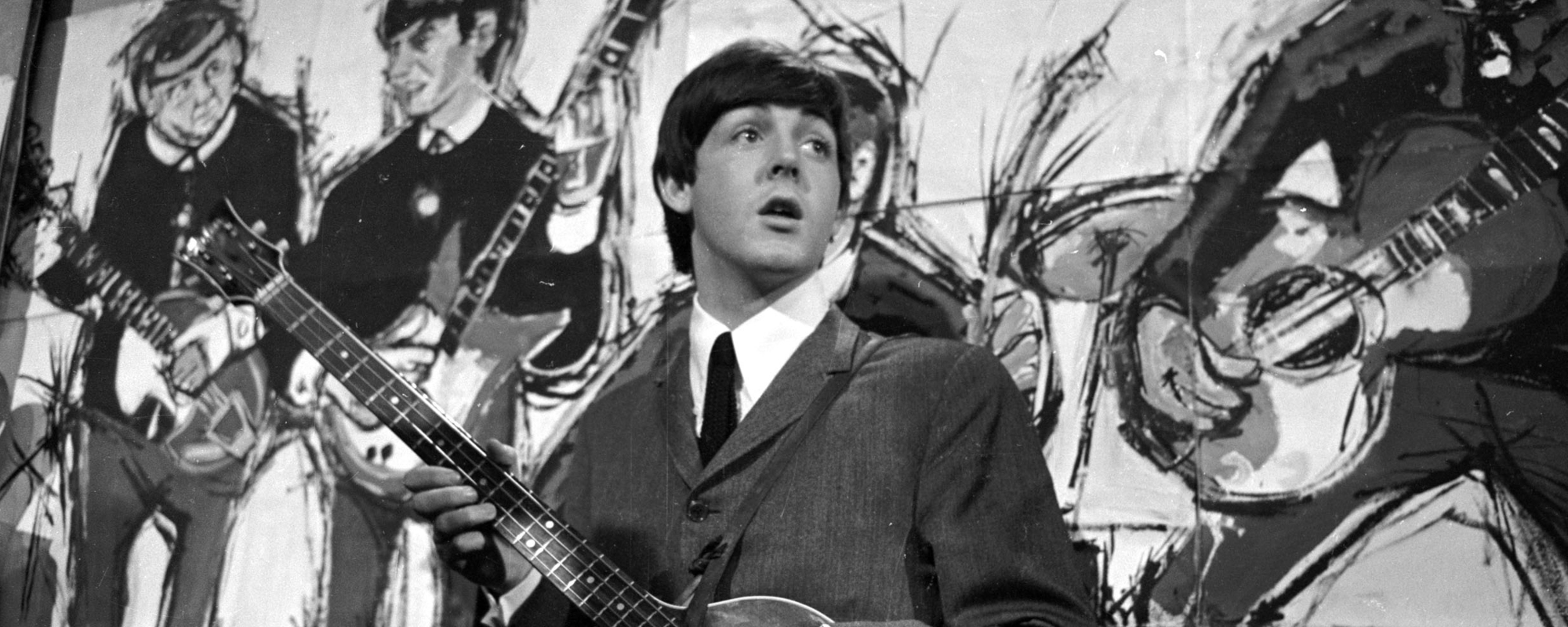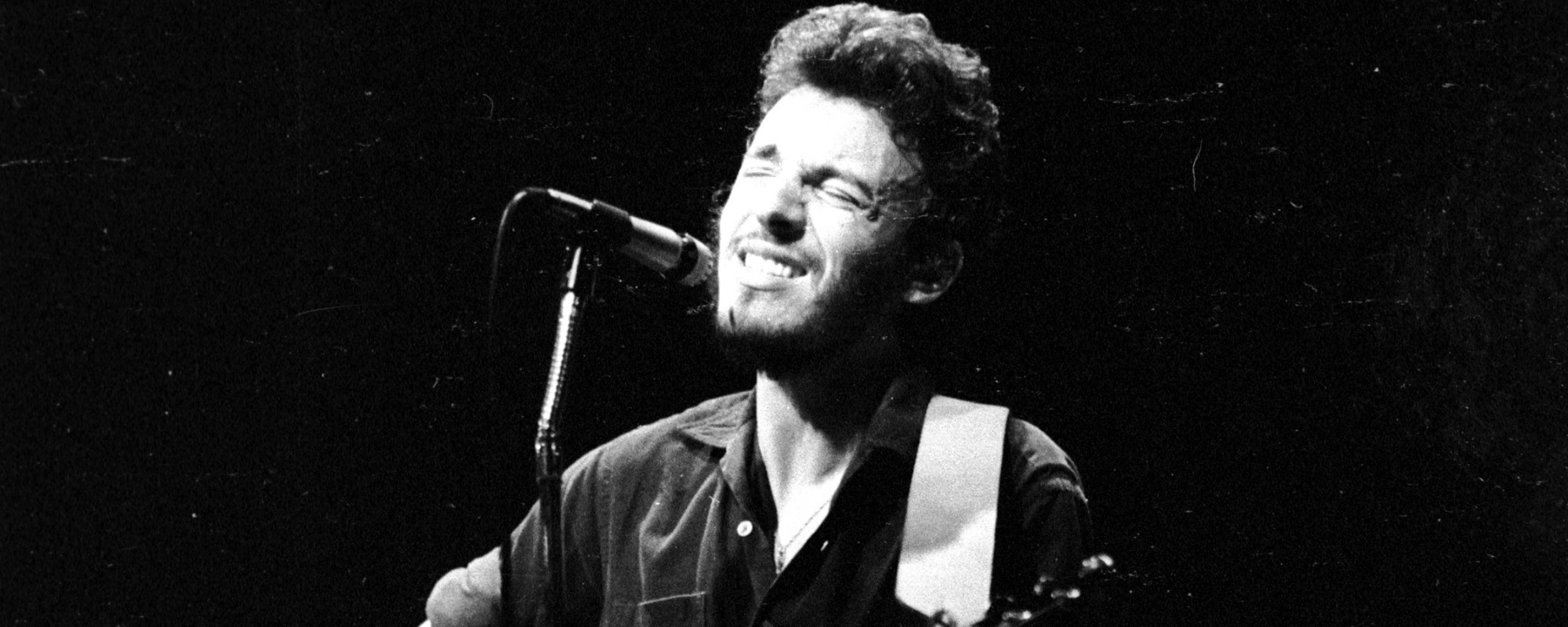When The White Stripes debuted in 1999, few would have predicted that the Detroit duo would someday be inducted into the Rock & Roll Hall of Fame. They played lo-fi blues, didn’t have a bass player, and dressed in coordinated red, black, and white clothing. Publicly, Jack and Meg White pretended to be brother and sister, and many critics dismissed them as nothing more than a gimmick.
Videos by American Songwriter
Yet, when the band broke through with its third album, White Blood Cells, writing them off as nothing more than media-savvy indie kids was no longer tenable. By the time “Seven Nation Army” became a stadium anthem, The White Stripes had moved beyond the hype surrounding the early 2000s garage rock revival.
So, how did such a unique band come about? The three artists below help explain The White Stripes’ musical origin story.
Son House
Jack White said he was 18 years old when he first heard Son House. “That was it for me,” he said. The defiant minimalism of House singing and clapping on “Grinnin’ In Your Face” struck White. He called it “one man against the world in one song.” The White Stripes covered “Death Letter,” and the raw simplicity of drums, guitar, and vocals is a loose-groove update on the heartrending rawness of House’s 1965 solo recording. As The White Stripes’ popularity grew, watching the duo create a giant noise in front of large festival crowds elicited the same underdog spirit of House’s Delta blues.
The Cramps
Listening to “Human Fly” by The Cramps, you can hear the garage rock building blocks that formed The White Stripes. Poison Ivy’s heavy use of Fender amp reverb and Lux Interior’s goth theatrics helped shape The White Stripes’ style. Savvy aesthetics were important to both groups. The Cramps borrowed from B-movie horror visuals while The White Stripes kept to strict red, black, and white colors like something out of a children’s book. Also, The Cramps’ bass-free setup greatly influenced Jack and Meg White.
The Stooges
While rummaging around a Detroit dumpster, White found a copy of The Stooges’ self-titled debut album. He said it was another life-changing record, and soon after, he recorded a cover of “I Wanna Be Your Dog” on a 4-track cassette recorder. The Stooges introduced White to punk rock, which, like the blues, became central to The White Stripes’ sound. Though Led Zeppelin also greatly influenced him, the DIY of punk and garage rock helped form a new approach to an old genre. And The White Stripes wouldn’t have been the same without Meg’s simplistic and powerful drumming. Her primal bashing was crucial to White’s retro blues.
Photo by Stephen Lovekin/WireImage











Leave a Reply
Only members can comment. Become a member. Already a member? Log in.